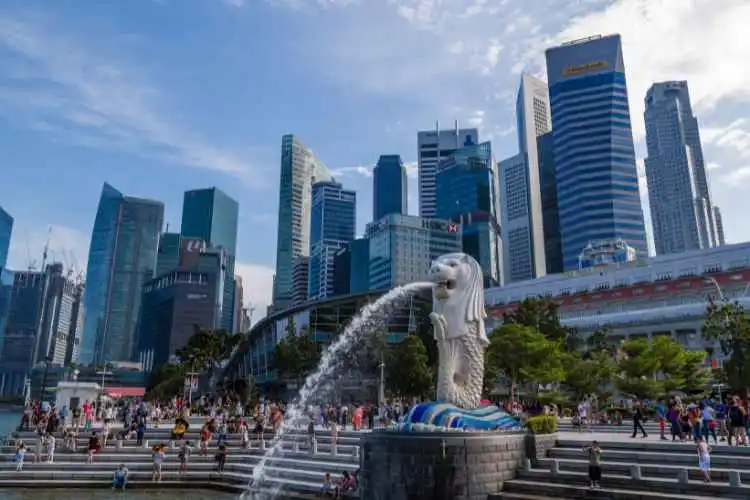You might be planning a trip to Singapore, or you are simply curious about this tiny nation’s history, whatever your motives, we present a short outline of Singapore’s history.
Ancient Singapore
Way back at the end of the 13th century, the kingdom of Singapura was founded by Sang Nila Utama, a royal prince of Palembang who reigned until 1347 when his eldest son, Sri Wira inherited the kingdom. Accounts were given in the Malay Annals, which is contested by some historians. If we look at other documents, the kingdom was called Temasek in the early 14th century, the island was a trading port for the Mahajapit empire, which was one of the stronger island territories in that region. If you stay at one of the Orchard Road hotels in Singapore, you have a great view of the bay that was the trading port.
British colonisation
The early 19th century saw the British arrive in Southeast Asia with the British Governor Stamford Raffles deciding that this island would make a very good port. At that time, the island was ruled by Tengku Abdul Rahman, the Sultan of Johor under Dutch control; Raffles developed a good relationship with Rahman, smuggling him into the territory and an agreement was reached whereby Raffles could build a port for trading. A treaty was signed in 1819 that gave Great Britain the right to operate a trading port on the island.
Straits Settlements
In 1824, the island of Singapore was officially handed over to Great Britain with the Straits Settlements, which was governed by British India. Singapore became the region’s capital in 1836 and in 1860, there were approximately 80,000 people living on the island, with the majority being of Chinese descent. If you are about to retire, why not celebrate with a holiday?
First World War
World War One did not really affect Singapore, mainly because the conflict did not reach southeast Asia; the only incident was a rebellion by the Muslim troops from India, who refused to fight Muslims of the Ottoman Empire; several British soldiers were killed before non-Muslim troops arrived from Burma to end the uprising.
Singapore Naval Base
The British decided to build a large naval base at Singapore, which was part of the defensive Singapore Strategy and it took quite a few years to complete. The base was large enough to hold fuel for the British fleet for a period of 6 months, which was an important strategy for Britain, should there be another major conflict.
Second World War
WWII started in 1939 and the Japanese launched a major Pacific campaign in 1942 and attacked Singapore; the British force of 60,000 surrendered in February 1942, which was a disaster for the Allies. British forces planned to retake the island, however, the war ended before they could put their plan into operation.
Singapore is now an independent state, thanks to an act passed in 1965 that brought independence from Malaysia and if you are planning a trip to Singapore, we are sure that you will have the time of your life.























